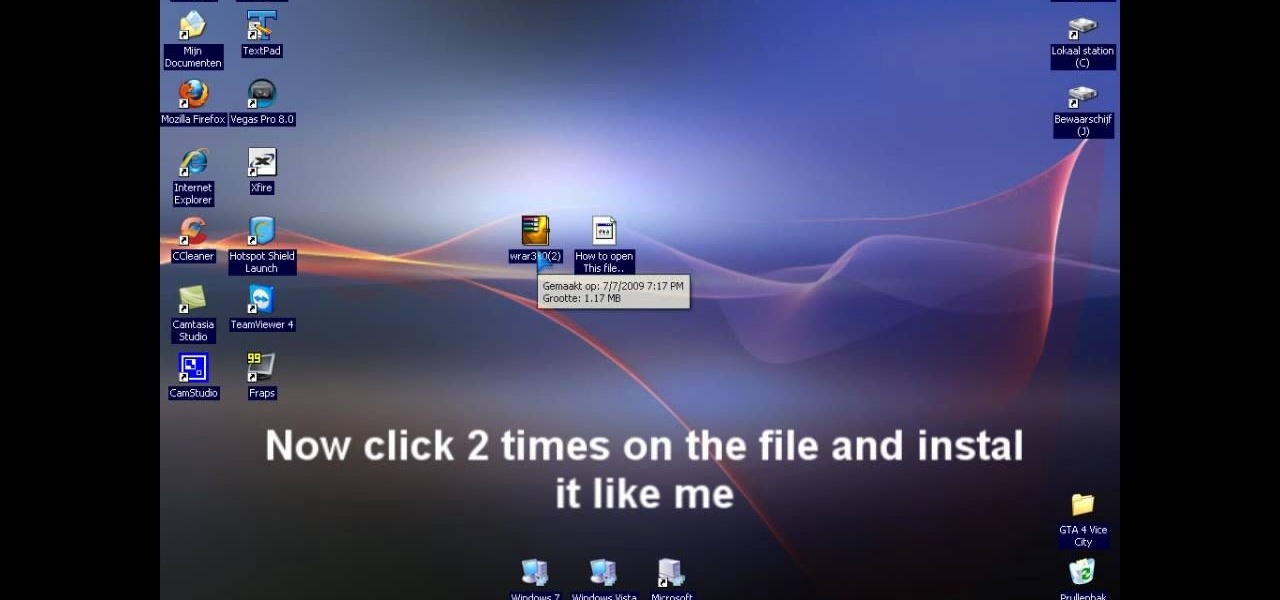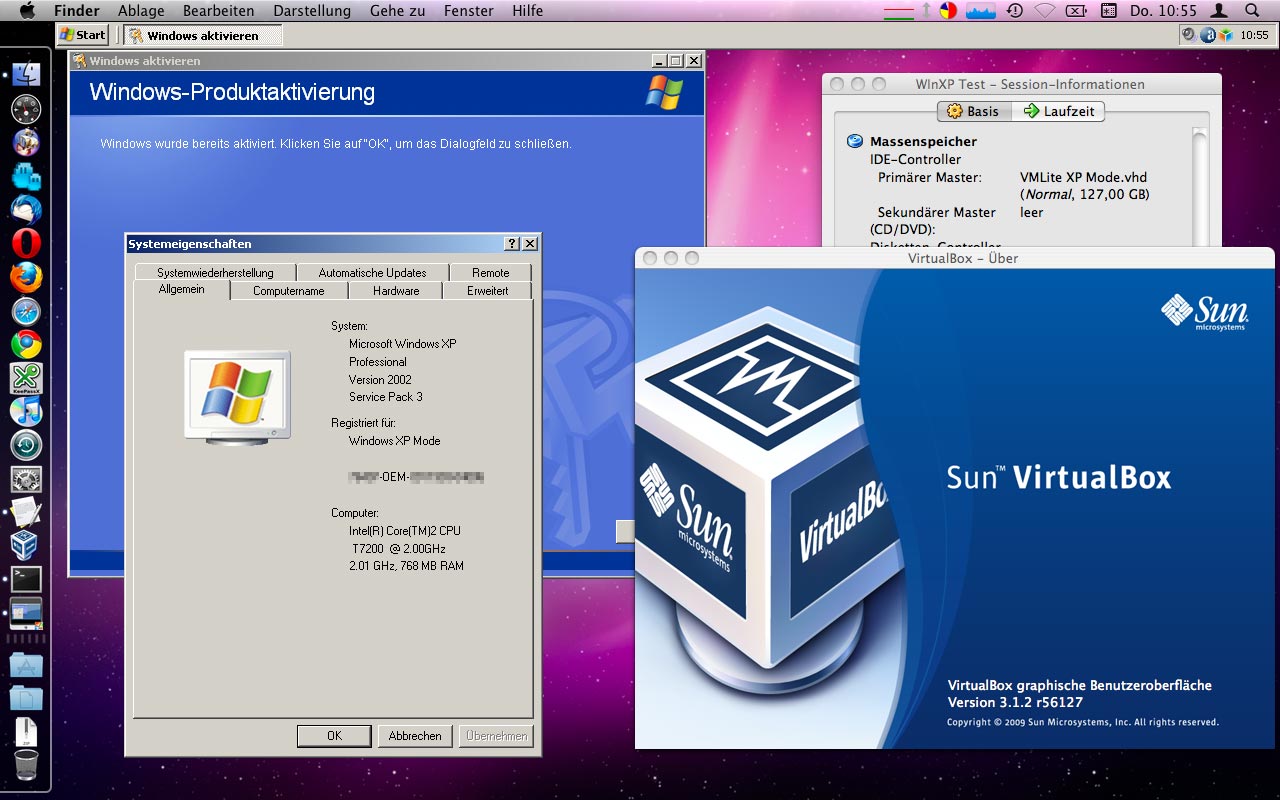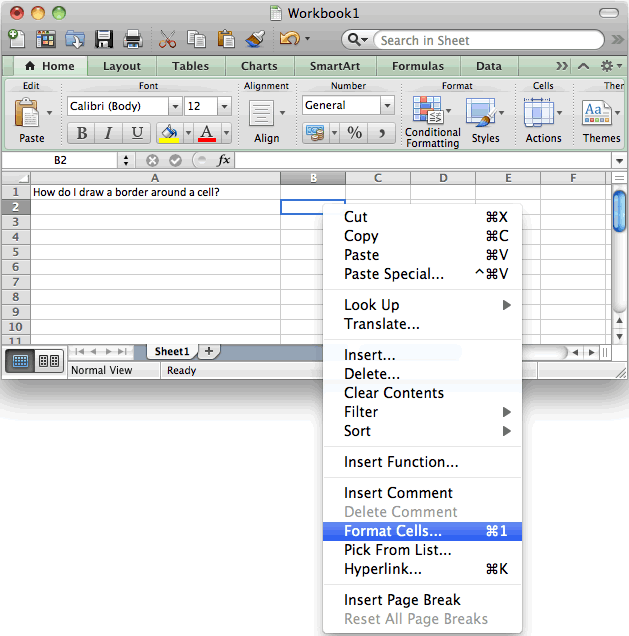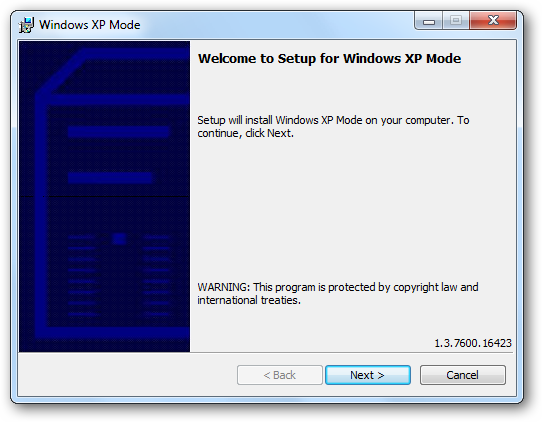Since Microsoft has completely ended all support for Windows XP, there have not been any updates to the operating system to improve compatibility with older applications.
Extract Windows Xp Mode For Mac Windows 10
With Windows XP Mode, you can run Windows XP applications without having to upgrade your software. This can be especially useful if the programs you want to use have not been changed to support Windows 7, Windows 8 or Windows 10.
The program works similar to a virtual system and allows for the emulation of a Windows XP system on your newer Windows desktop.
XP Mode was introduced for Windows 7 (Professional, Enterprise, or Ultimate) users as a way to run software designed for XP in Windows 7. Since Wiindows 8 or 10 does not support XP Mode, we'll need to extract the virtual hard drive included in XP Mode and run it as a virtual machine. Click the Run button in the Windows Start Menu. Type cmd in the Open prompt of the Run menu and click OK to launch a command prompt window. Type ipconfig /all at the command prompt to check the network card settings. The IP number and MAC address are listed by ipconfig under IP Address and Physical Address.
Retina vs mac pro. MacBook Pro — our most powerful notebooks featuring fast processors, incredible graphics, Touch Bar, and a spectacular Retina display.
All in all, this application can be useful for providing support for old and outdated applications in Windows 7.
To use Windows XP Mode, you need to download and install Windows XP Mode, and Windows Virtual PC, the program that runs virtual operating systems on your computer.
Windows XP Mode on 32-bit and 64-bit PCs
This download is licensed as freeware for the Windows (32-bit and 64-bit) operating system on a laptop or desktop PC from computer utilities without restrictions. Windows XP Mode 1.3.7600.16432 is available to all software users as a free download for Windows 10 PCs but also without a hitch on Windows 7 and Windows 8.
Compatibility with this software may vary, but will generally run fine under Microsoft Windows 10, Windows 8, Windows 8.1, Windows 7, Windows Vista and Windows XP on either a 32-bit or 64-bit setup. A separate x64 version may be available from Microsoft.
Filed under:- Windows XP Mode Download
- Freeware Computer Utilities
- Major release: Windows XP Mode 1.3
Boot Camp Assistant User Guide


You must use Boot Camp Assistant to remove Windows, or a partition that was created with Boot Camp Assistant, from your Intel-based Mac.
_2.png)
WARNING: Do not use any other utilities to remove Windows or a partition that was created with Boot Camp. Mac money app.
Start up your Mac in macOS.
Back up all important data stored on your Windows partition before you remove Windows.
WARNING: When Windows is removed, the Windows partition—as well as all data stored in the partition—will be erased permanently.
Quit all open apps and log out any other users.
Open Boot Camp Assistant , then click Continue.
If the Select Tasks step appears, select 'Remove Windows 10 or later version,' then click Continue.

Do one of the following:
If your Mac has a single internal disk, click Restore.
If your Mac has multiple internal disks, select the Windows disk, select 'Restore disk to a single macOS partition,' then click Continue.


You must use Boot Camp Assistant to remove Windows, or a partition that was created with Boot Camp Assistant, from your Intel-based Mac.
WARNING: Do not use any other utilities to remove Windows or a partition that was created with Boot Camp. Mac money app.
Start up your Mac in macOS.
Back up all important data stored on your Windows partition before you remove Windows.
WARNING: When Windows is removed, the Windows partition—as well as all data stored in the partition—will be erased permanently.
Quit all open apps and log out any other users.
Open Boot Camp Assistant , then click Continue.
If the Select Tasks step appears, select 'Remove Windows 10 or later version,' then click Continue.
Do one of the following:
If your Mac has a single internal disk, click Restore.
If your Mac has multiple internal disks, select the Windows disk, select 'Restore disk to a single macOS partition,' then click Continue.
